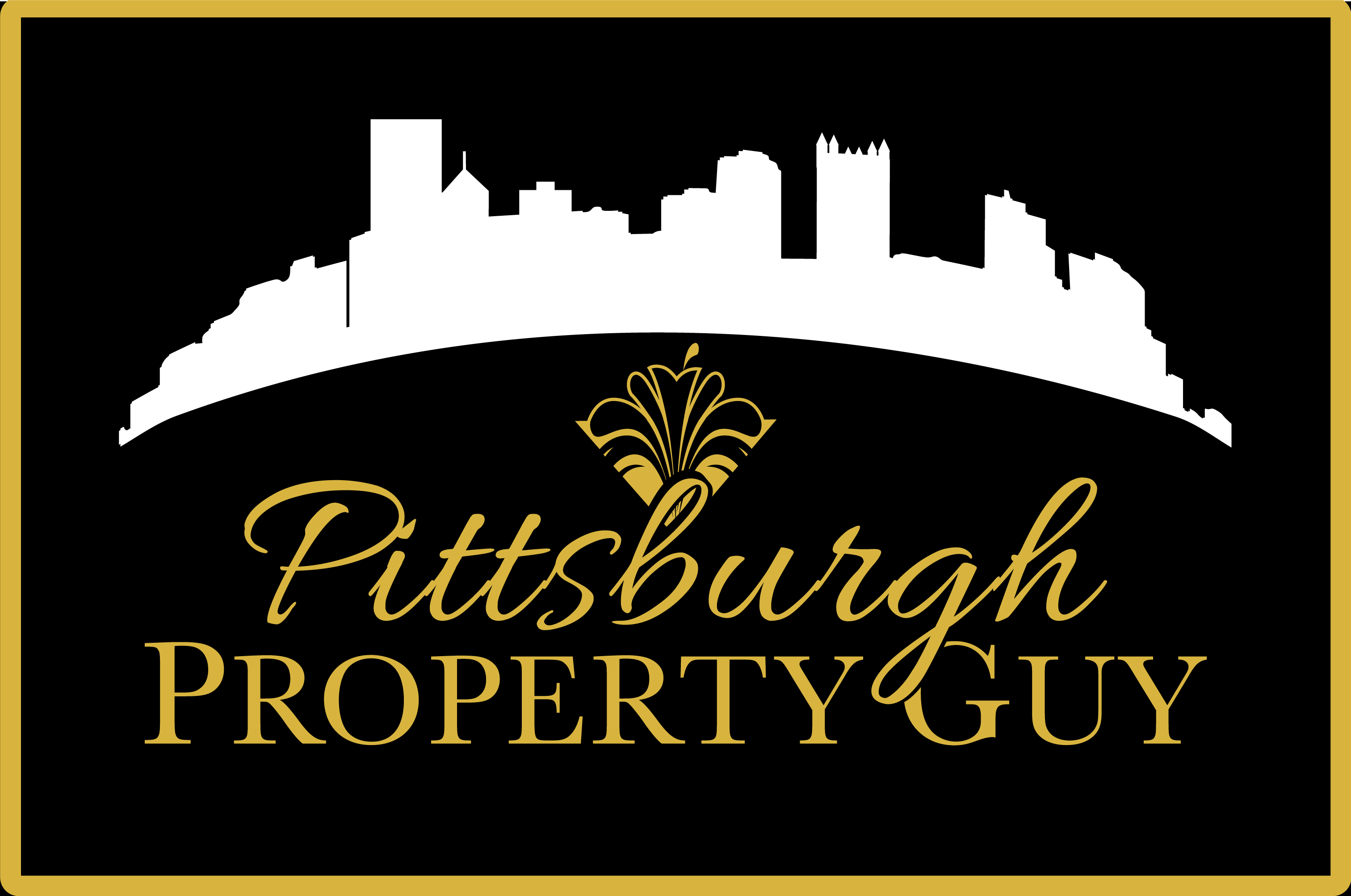How to Flip a House for Profit: Basic Beginner’s Guide
Flipping a house for profit looks so easy when they do it on HGTV, right? All you do is make a lowball offer on a previously unsalable property, queue the fast cutting repair montage with suitably upbeat music, and voila! A week later, you have a picture-perfect show home and a line of potential buyers waving fistfuls of cash on the doorstep. If only it were that easy.
Home flipping can be quite a profitable investment, but you’re probably not going to make hundreds of thousands overnight. According to first quarter 2015 data recently released by RealtyTrac, the average profit on a flipped home was $72,450 (or about a 35% return on your initial investment). That’s a nice chunk of change, but one you’re only going to get if you do your homework.
Location, Location, Location
When it comes to home flipping, a few other factors come into play besides simple supply and demand. As an aspiring home flipper, you’re going to need a market with an ample selection of homes you can buy low, as well as a decent supply of purchasers to whom you can sell high. The best markets for flippers include areas that not only have large numbers of affordable distressed properties, but also have a great demand for newly-renovated properties. Currently, some of the best markets for flipped homes include Baltimore, Detroit, Tucson, Pittsburgh, Memphis, Chicago, and the Central Florida area. On the other hand, if you’re looking to fix and flip in San Francisco, Las Vegas, Phoenix or Houston, you may have to settle for a lower profit margin and a longer time on the market.
Give the Buyers What They Want
Another thing you have to look at when deciding whether to flip is what types of houses are selling well in your area and at what price range. If everyone in your market is looking for two bedroom homes, you may not want to waste your time and money on that five-bedroom monstrosity, nor that tiny one-bedroom condo. Keep in mind that the majority of flipped homes sell in the $100,000-$300,000 range, according to the RealtyTrac report, but the highest profit margins come from homes priced between $100,000 – $200,000 and $1-2M. It’s better not to aim too low since flipped homes priced $50,000 and under actually averaged a negative return on investment, losing the flipper about 2%.
Look for a Quick Fixer-Upper
The best type of home to flip is one that requires nothing more than cosmetic changes in order to make it appealing to a buyer. Perhaps, all it needs is a fresh coat of paint and new carpet inside or some inexpensive yard work. Other repairs that will cost you very little in time and money include refinishing kitchen cabinets and adding shiny new hardware. If, on the other hand, you find a home which needs all of the duct work replaced or a whole new roof, you may want to pass on this “bargain” since it’s unlikely you’ll recoup the total cost and sweat equity of putting in those needed repairs.
Determine Your Max Offer with the 70% Rule
One way to decide whether to pull the trigger on a possible home flipping project is to figure out the value of what the home should sell for after it’s been repaired, then multiply this by 70%. Take the resulting figure and subtract the total estimated cost of all the repairs. Your final sum should be the maximum you’re prepared to spend for the property. For example, if you think you can sell that cute little two bedroom colonial for $200,000 but it will cost you $15,000 to fix up, you should offer no more than $125,000 for the home in order to ensure an acceptable profit on your investment.
Get In and Out ASAP
Your turnaround time is also going to affect how much profit you can make with house flipping, since the longer you’ve got your capital tied up in a property, the less of it you have available for other investments. Many experienced flippers aim to have a property fixed up and on the market in 90 days. In fact, trying to do it in less time might restrict your potential market, since the FHA will not provide mortgages for properties that the seller has owned for less than 90 days, and both Fannie Mae and Freddie Mac will not permit anyone purchasing their properties to resell them for more than 20% of the purchase price for 90 days. While 90 days is something to shoot for, it may not always be practicable. Even flipped homes in Memphis, the fastest flipping market for Q1 2015, took an average of 133 days to sell.
Use a Real Estate Agent
If you’re considering flipping a home, you may elect to do many of the repairs yourself to save money and maximize the profit. However, when it comes to finding your fixer-upper and then marketing your masterpiece, your best bet is to go through a real estate agent. A real estate professional can help you determine what types of homes are selling well in your area and scout for competitively-priced – but not too dilapidated – rehab candidates. Your Realtor® can also advise you on what types of repairs will give you the biggest bang for your buck and help you stage your home to show off the results of all that hard labor. Not to mention, home sales brokered by real estate pros average over 10% higher sales prices.
